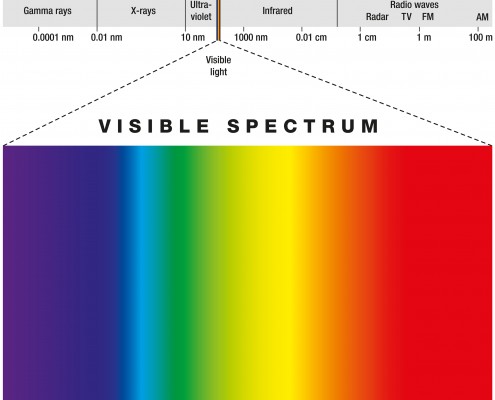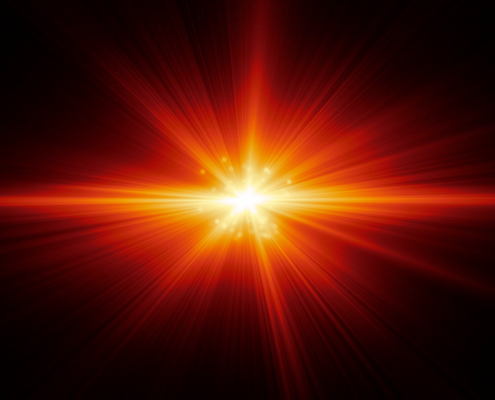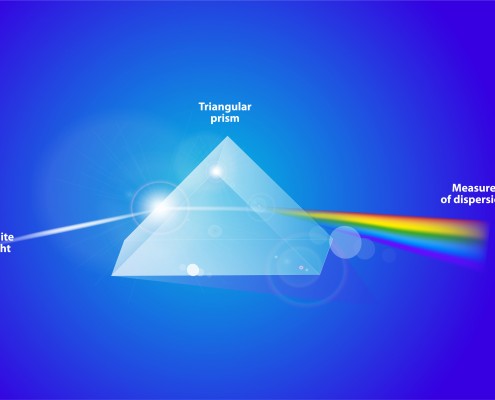Posts

Light is Vital for Photosynthesis
Think of one of your experiences on one of the various Great Lakes or the ocean, all of them have waves. Waves are disturbances, ripples on the water, and they possess a certain height
(amplitude), with a certain number of waves rushing past you every minute (the frequency) and all moving at a characteristic speed across the water (the wave speed). Notice the distance between successive waves? That's called the wavelength. If we assume that the waves are successive or intermittent, we can find a pattern and quite literally speculate at the miracles that are unfolding right in front of our eyes in the visible light spectrum.

Light Saturation Point
0 Comments
/
Umol or micromole measures the amount of photons (light particles) that cover a specific area over a specific amount of time (per/s or per/day) when you can achieve maximum photons absorb-able by your plant species this is called light saturation point (LSP). Light saturation point is important because this allows your plant to take full advantage of nutrients, use less water and to maximize the C02 intake, provided the temperature and the humidity are at an optimal level.
There are many metric units that are used for different purposes. The most basic way to measure light is in English units called, foot-candle.
0 foot-candle = darkness
100 foot-candles = your livingroom or your kitchen
1000 foot-candles = (June 21st) The longest day of the year at noon, at the equator with zero humidity. An instantaneous foot-candle measurement cannot take day-length into account but foot-candle measurements are certainly better than trying to make estimates of light with your eyes when analyzing light intensities (inside and outside) the growing space or greenhouse when using artificial light such as LED grow lights.

Colour of Light and Energy Levels
Plants get their energy from light, but you might not know that different colors of light have different energy levels. Think about the colors of a rainbow. All of these colors are in white light. While using a prism you can separate the white light into the colors. (That’s what the raindrops are doing when we see a rainbow.) At the purple, violet & blue end of the scale the light is at its highest energy. It has short wavelengths. The red end is lower energy, it has long wavelengths.
What wavelength goes with with a colour?
